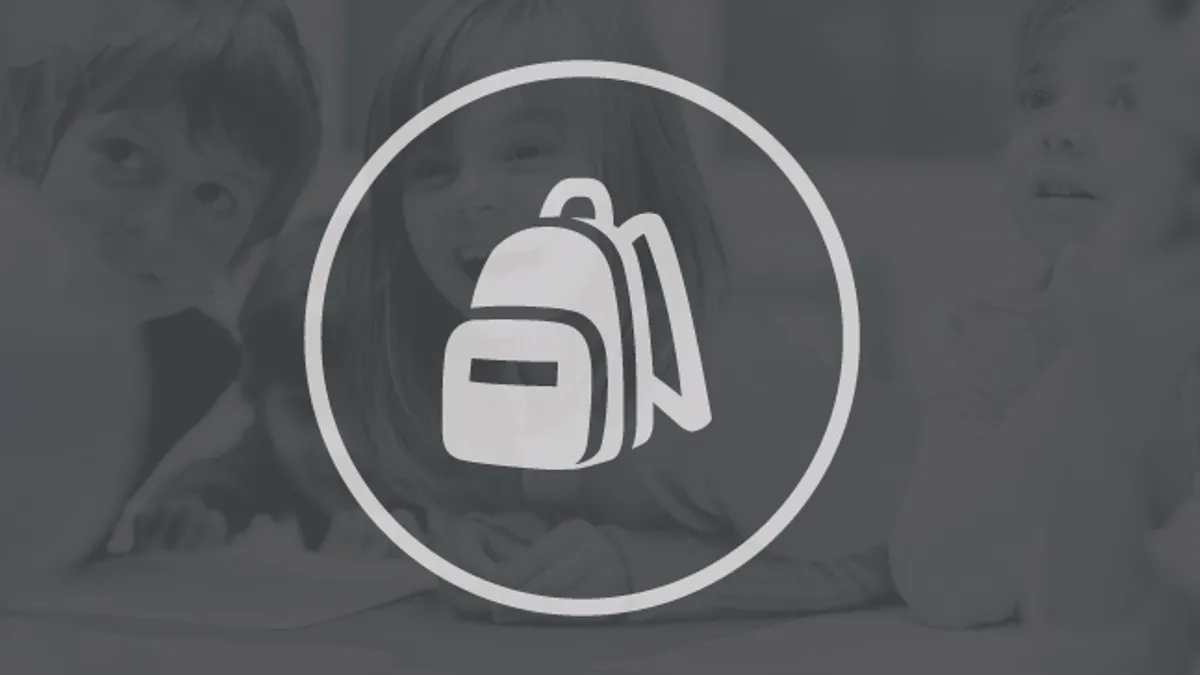This latest Pre-to-3 column looks at how New Jersey implemented a court-mandated early-childhood program and what other states might learn from their experience. Past installments of Pre-to-3 can be found here.
Twenty years ago, the New Jersey Supreme Court mandated that 31 of the state’s most disadvantaged school districts offer free preschool to all 3- and 4-year-olds. The decision in Abbott v. Burke to include preschool as a remedy in a school finance case set a precedent that justices in North Carolina, South Carolina and several other states soon began to follow.
The courts were in effect recognizing that educational inequities begin long before students start kindergarten. As a result, the Abbott Preschool Program, which consistently meets quality standards, became an example that have inspired leaders from New York to Seattle.
Following the students into their elementary years, the National Institute for Early Education Research (NIEER) at Rutgers University have found that the effects of two years in the program are “large enough to close about half the achievement gap between low-income children and their more advantaged peers,” and that the program has also contributed to a decline in grade repetition and students being referred to special education.
With the program now in a period of expansion, the leaders of NIEER, early education advocates, policymakers and school district representatives will join together on Wednesday for a one-day session to reflect on the success of the Abbott program as well as what others can learn from the model.
One aspect of the Abbott program was that the teachers — who were already working in a variety of child-care and early-childhood programs with varying educational requirements — were required to have a bachelor’s degree. Teachers had until the fall of 2004 to earn a four-year degree with specific training in early childhood.
To meet the ambitious deadline, the state, the higher education community and community-based programs had to cooperate to create a P-3 certificate, design the college curriculum, hire enough faculty members and ensure that teachers who needed the degree were aware of how to enroll. The state also provided tuition scholarships to help teachers earn their degree and the colleges and universities offered academic counseling services to assist those returning to school after several years.
With the question of how to implement higher education requirements for early educators now being debated on a national level, New Jersey’s experience demonstrates how a state can reach such a goal over a relatively short period of time.
Results of the Abbott program also suggest that the curriculum chosen matters less than teaching quality. The districts had five different curricula from which to choose, ranging from structured to more play-based. Those who have studied the program since it began have also observed how preschool became fully integrated into some school districts. This means, for example, that the expectations and supports for preschool teachers and programs are the same whether the class is in a school or in a community-based center.
“Districts that used it well used it to push their whole system,” says W. Steven Barnett, the senior co-director and founder of NIEER.
The Abbott program has since expanded to a few additional districts beyond the original 31, and an additional $20 million was allocated late last year to bring on 26 more districts. But that expansion plan was approved by the legislature 10 years ago. Barnett argues in a recent op-ed that because the state missed earlier opportunities to increase access to preschool, the state now ranks 20th in terms of enrollment of 4-year-olds.
Ellen Frede, also a senior co-director at NIEER, says that in many of the expansion districts, she sees a “real commitment and understanding” of quality early-childhood education among district and school leaders. But she would still like New Jersey to do what a few other states have done — require prospective principals to take a course in early childhood. “Why would you have expansion of preschool,” she asks, “and not make sure principals can lead it.”







 Dive Awards
Dive Awards






